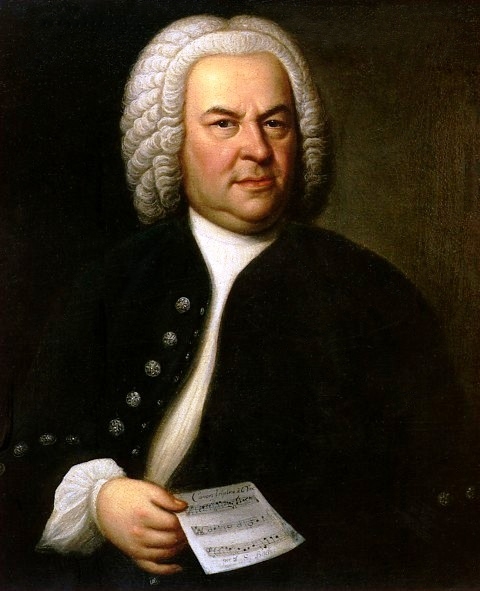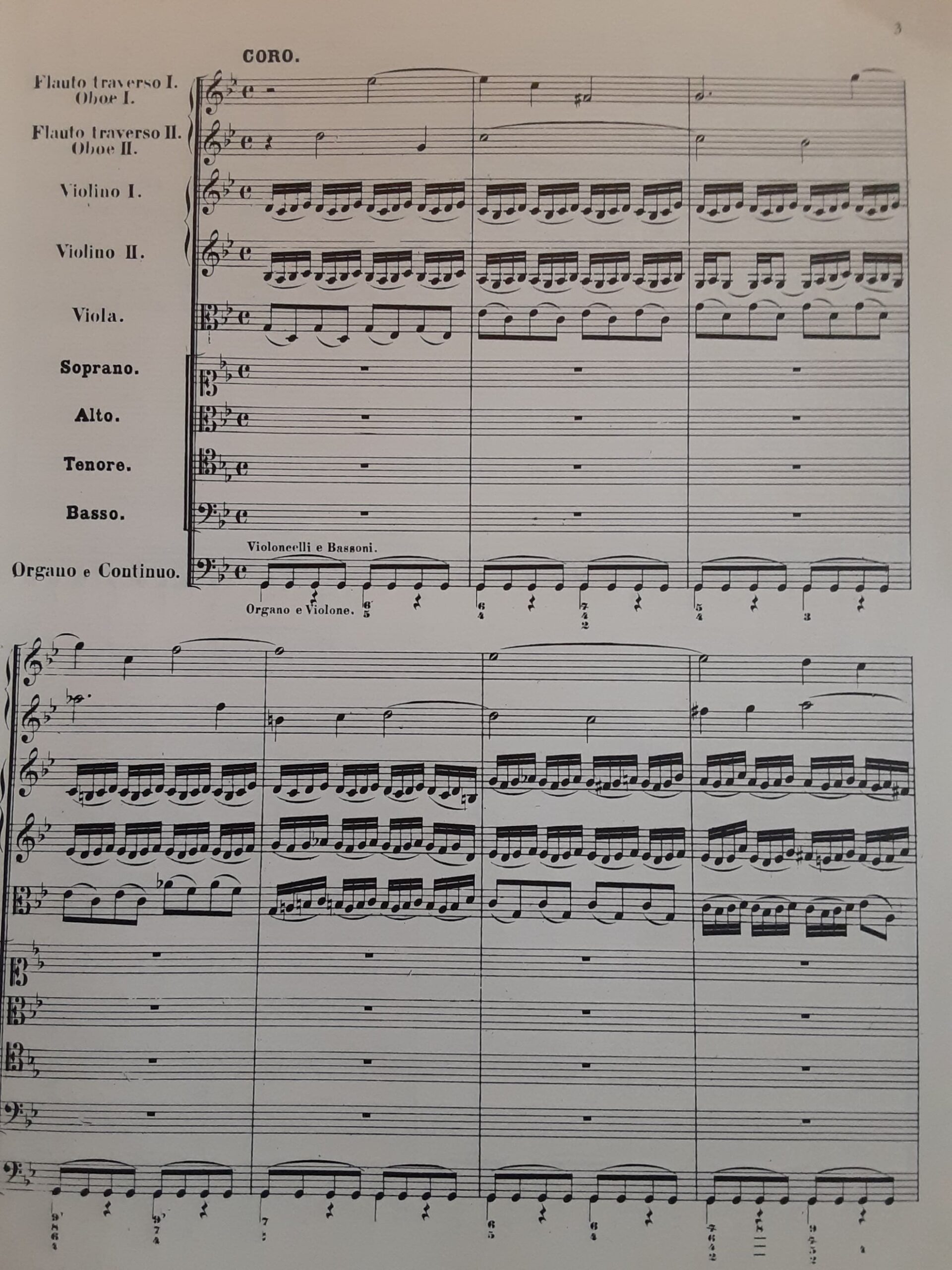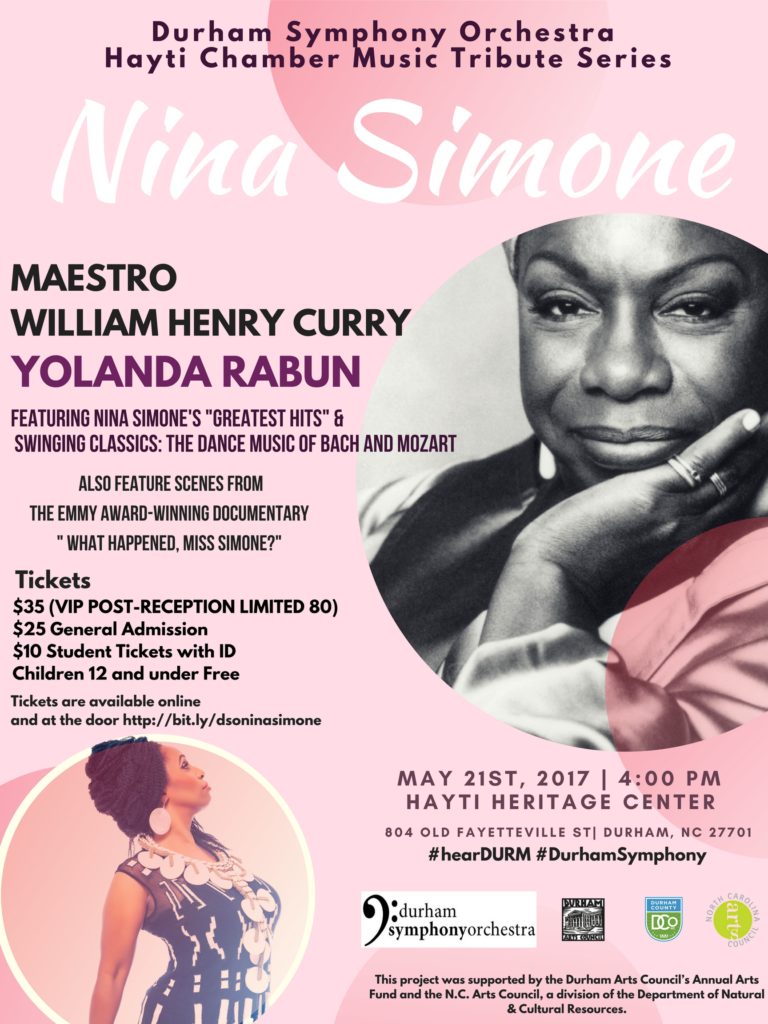Monday Musicale with the Maestro – March 29, 2021 – Johann Sebastian Bach: A Composer for All Seasons

Though the music of J.S. Bach is today regarded as the core of any serious musician’s training and is seen also as widely appealing across generations, this was not always the case. He was composing at the end of the Baroque era. And after his death in 1750, his works were considered by many to be impossibly old-fashioned, too complicated and austere. The Classical era was more about simplicity, light, and shade–as opposed to the sometimes dark and forbidding complexities to be found in Bach’s work.
However, when the young Felix Mendelssohn conducted the successful modern premiere of Bach’s St. Matthew Passion in 1829, the renaissance of interest in his music was instant and dramatic. Pieces that had never been published, or even publicly performed, saw the light at last after eight decades of slumber. And every serious composer from this time had to reckon with Bach’s legacy, not only as a great composer but (leading by example) as a great music teacher. In his “Reflections on Bach” (www.spiritsound.com), tenor David Gordon offers these thoughts from Bach’s great successors:
W.A. Mozart (referring to Bach’s motets) said, “Now there is music from which you can learn something.”
Johannes Brahms said, “Study Bach. There you will find everything.”
Without doubt, Bach’s music has remained intriguing to each succeeding generation of music lovers, each interpreting him in a different way and each adapting his music according to contemporary trends. And for performers, especially, Bach’s music is both a touchstone of excellence and a proving ground for technique.
It was the legendary 20th-century Spanish cellist Pablo Casals (1876-1973) who “discovered” the Bach suites for solo cello as a teenager and, with his passionate advocacy, brought these heretofore unknown works into the standard repertoire. Casals was also a very fine pianist, and to keep his virtuoso technique intact, every morning for years he played excerpts from Bach’s keyboard works as well as his suites for solo cello. Inspired by that, I took a similar approach, beginning every morning by playing a viola transcription of Bach’s cello suites and movements from his keyboard music. After a week, though, I stopped. For to me—after such an intensive dose of Bach each day—every composer (even my favorites) sounded somehow less substantial and serious. This is a totally subjective reaction, and I cannot describe why I feel that way. I can only say that there is something sturdy, passionate, and indestructible about the music of Bach that has never been surpassed.
In honor of Good Friday and Easter this week, I would like to share with you the monumental opening chorus of one of J.S. Bach’s most epic works, his St. John Passion. Bach’s other well-known celebration for Holy Week is his St. Matthew Passion. They are quite different works, however. The St. Matthew Passion is reflective and otherworldly, while the St. John Passion is dramatic and deeply emotional. This profound difference in tone is set immediately in the opening chorus.
The orchestral scoring, especially to the ears of contemporary listeners, may seem sparse–only strings, woodwinds, and an organ. The vocal forces include the chorus and four vocal soloists. Yet the intensity of this opening is undeniable. The work was first performed under the composer’s direction on Good Friday, April 7, 1724 in Leipzig. Upon entering, the chorus several times repeats the word Herr (Lord). But the setting for this is neither gentle nor beseeching. Rather, it is stern and severe as it moves directly to the heart of the story—the agony of Jesus on the Cross and his victory over death:
Lord, our master,
Whose glory fills the whole earth,
Show us by your Passion
That you, the true eternal
Son of God,
Triumph
Even in the deepest humiliation
Below is the first page of this 140-minute work. Notice that there is no tempo indication and there are no dynamics. Bach seems to trust that a good musician will understand his message.

St. John’s Passion no. 1 Chorus “Herr, unser Herrscher” -15315
Johann Sebastian Bach , Arr: Charles Berry
License: AdRev for Rights Holder
Has there ever been a more dramatic entrance of the chorus in a religious work? The brisk, driven tempo in this performance—much faster than the traditional one—takes advantage of Bach’s omission of a strict marking and underlines the churning 16th notes and obsessively repetitive 8th notes. And the Flute and Oboe parts, usually drowned out by the strings, play here with a “bite” to the start of their notes, emphasizing those jarring, even painful dissonances that occur of the beginning of the 1st, 4th, and 5th bars. In this interpretation, one knows in the first five seconds that a searing tragedy will be depicted.
Compared to Bach’s many compositions for voices (including 200 cantatas), his orchestral pieces are far fewer, but they include the famous six Brandenburg Concerti and the four orchestral suites. All of these suites consist of an introductory overture followed by a series of French or Italian dances of the period.
Our DSO audio selections today feature two types of these French dances (Bourrées and Passepieds) in four movements from Bach’s Orchestral Suite no. 1 in C major. We performed these works at the Hayti Heritage Center on May 21, 2017 during our tribute to the great pop star and social activist Nina Simone. Like Pablo Casals, she was a talented pianist and devoted fan of Bach’s music who even in later years turned to his music to maintain her classical keyboard techniques. Miss Simone had dreamed of being a classical pianist, and her teacher was preparing her for an audition at Juilliard. This path remained closed to her, for in the early 1950’s, few Euro-American audiences accepted African American classical performances, and the conservatories had yet to throw wide their doors. Yet Nina Simone always acknowledged that her favorite composer was Bach. And even after long singing tours (as noted in the documentary What Happened, Miss Simone?), she would return home to “cleanse her soul with Bach.”

Our program at the Hayti Center featured two Bourrées and two Passepieds. Though Bach’s music can be as serious and substantial as any music ever written, these elegant dances are light on their feet. And the Bourrée features the same kind of strong rhythmic drive to be found in 1960s rock music, which partially explains the increase in popularity of Bach’s music during that decade. I find the beautiful, lyrical melody of the Passepieds to be one of his most inspired instrumental compositions—a life-affirming hymn to the Creator.
The soloists in the 2nd Passepied are oboists Mary Greiner and Alex Leidtke with bassoonist Wenmin Zhang.
Bourrées 1 and 2 (Suite No. 1) – J.S. Bach
Bourrées 1 and 2 (Suite No. 1)
Johann Sebastian Bach
William Henry Curry, Conductor
Durham Symphony Orchestra
A Tribute to Nina Simone
Hayti Heritage Center|May 21, 2017
Passepieds 1 and 2 (Suite No. 1) – J.S. Bach
Passepieds 1 and 2 (Suite No. 1)
Johann Sebastian Bach
William Henry Curry, Conductor
Durham Symphony Orchestra
A Tribute to Nina Simone
Hayti Heritage Center|May 21, 2017
Bach’s music is well suited for transcription, and through the centuries it has been adapted and embraced by many young pop fans, some of whom may not have heard the originals. His music remains sturdy and satisfying when re-arranged for almost any music ensemble, including band, large orchestra—or even a banjo ensemble. And it is so vibrantly rhythmic and infectious in nature that listening to one of his up-tempo secular pieces is not unlike listening to a Scott Joplin rag or a classic tune by the Beatles. One cannot keep one’s toes from tapping!
An example of this quality and the unique adaptability of Bach’s music can be seen by comparing two versions of his lively dance “Badinerie” from the Orchestral Suite No. 4. Here is the selection in its original form.
Overture (Suite) No. 2 in B Minor, BWV 1067: VII. “Badinerie”
J.S. Bach
Various Artists
License: NaxosofAmerica (on behalf of Carpe Diem (Sweden));
Warner Chappell, LatinAutorPerf, and 2 Music Rights Societies
Below is this same movement, transformed in the 1970s by a French vocal group called the Swingle Singers, who became famous for their pop vocalizations of Bach’s music. The key elements in their version are the use of a pop rhythm section with “vocables” akin to those found in scat singing. Instead of recognizable words, the singers use nonsense syllables to accentuate the instrumental qualities of the human voice. Here is their vibrant and virtuosic take on “Badinerie”:
Orchestral Suite No. 2 in B Minor, BWV 1067: VII. “Badinerie”
J.S. Bach
The Swingle Singers
License: WMG; Public Domain Compositions,
and 2 Music Rights Societies
Surely one of the most famous and enduring of Bach’s works, seeming to both sing and dance in praise of Jesus of Nazareth, is his choral work “Jesu, Joy of Man’s Desiring,” often heard at Easter. And it, too, has been taken up and modernized through the years, a favorite of popular audiences as well as classical fans. In the same era when the Swingle Singers were exciting the world with their renditions, the Switched-On Bach series by Wendy Carlos was even more popular internationally, introducing audiences to Bach transcriptions played on a new electronic instrument, the Moog synthesizer. Since then, many have imitated Carlos’ example.
Here, on synthesizer, is Bach’s “Jesu, Joy of Man’s Desiring” from Cantata BWV 147, Herz und Mund und Tat und Leben (Heart and Mouth and Deed and Life).
Jesu, Joy of Man’s Desiring (Synthesized)
J.S.Bach
Synthesizer: Carey R. Meltz
Upon finishing a piece based on a Biblical text, Bach would write 3 initials on the final page: “S.D.G,” which stands for the Latin phrase Soli Deo Gloria (“to the glory of God alone.”) When I hear Bach’s most profound sacred works, his music leads me into a realm of spiritual meditation where I feel the unquestioned faith of a true Believer.
I am grateful to have been born into an era where I could hear such music.
William Henry Curry
Music Director
Durham Symphony Orchestra
Comprehensive Editor (Text): Suzanne Bolt
Copy Editor: Marianne Ward & Tina Biello
Digital Layout and Publication: Tina Biello & Marianne Ward
Video Mixing & Mastering: Mark Manring https://www.manring.net/
Celebrating Maestro Curry’s 50 years conducting & 11 years with the Durham Symphony!

“Monday Musicale with the Maestro”
would not be possible without your support!
Thank you for being a important part of the
Durham Symphony Orchestra family!
Funding is provided (in part) by the Durham Arts Council’s Annual Arts Fund, the N.C. Arts Council (a division of the Department of Natural and Cultural Resources), and a grant from the Triangle Community Foundation.
.


